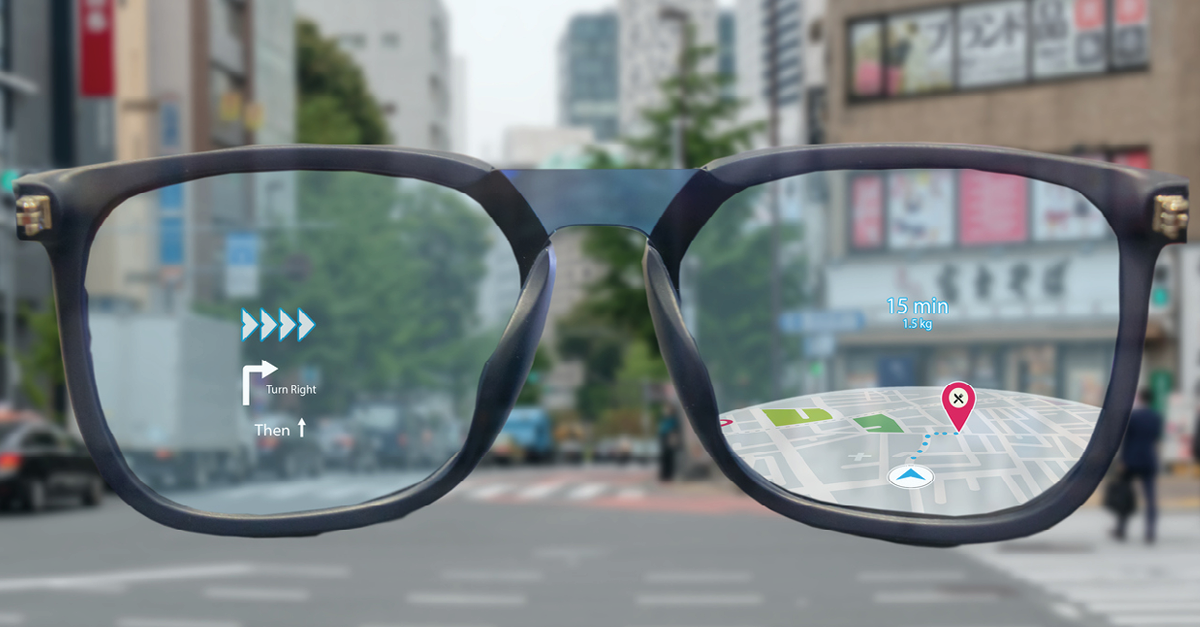The terms "AI glasses" and "AR glasses" refer to different types of wearable technology, each with distinct functionalities and purposes. Here’s a breakdown of their differences:
AI Glasses
- Functionality: AI glasses primarily focus on integrating artificial intelligence features. This can include voice recognition, image recognition, and data analysis. They can assist users with tasks such as taking notes, translating languages, or providing real-time information based on what the user sees.
- Use Cases: Common use cases include personal assistants, health monitoring, and smart notifications. They may not necessarily overlay digital information onto the real world.
- Examples: Some smart glasses with AI capabilities might include features like voice commands for controlling devices or reminders based on location.

AR Glasses
- Functionality: Augmented Reality (AR) glasses are designed to overlay digital information onto the real world. This means they can display graphics, texts, and animations that enhance the user's perception of their environment.
- Use Cases: AR glasses are often used in gaming, navigation, training simulations, and industrial applications where real-time information is crucial. They provide a more immersive experience by blending virtual elements with the real world.
-
Examples: Popular examples include Microsoft HoloLens and Google Glass, which can project 3D models or information into the user's field of vision.

Summary
- AI Glasses: Focus on AI features and functionalities, often without a significant emphasis on augmented reality.
- AR Glasses: Specifically designed to enhance the real world with digital overlays and interactive elements.
In essence, while there can be overlap (e.g., AR glasses may incorporate AI features), AI glasses are more about intelligent assistance, whereas AR glasses are about augmenting reality.



